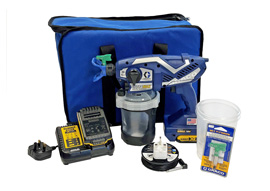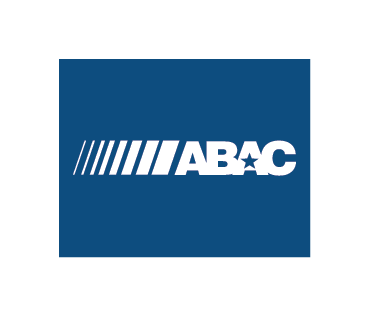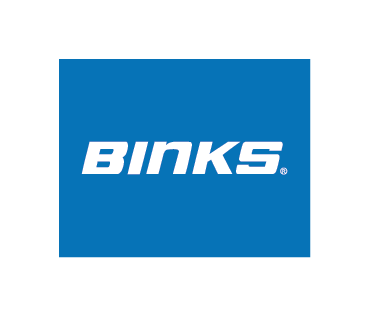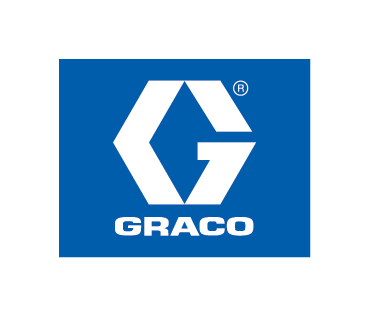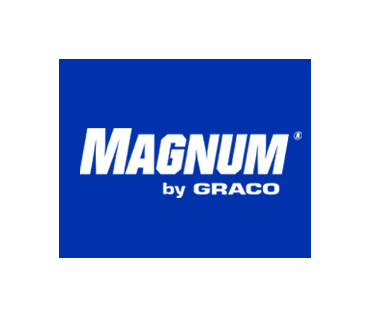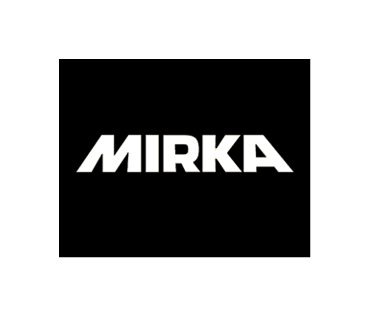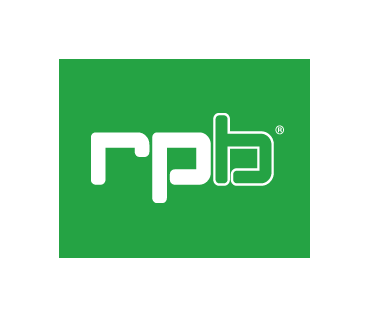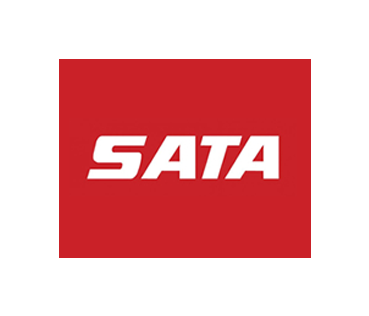What's the Difference Between a Dust Extractor and a Vacuum Cleaner?
While they may look similar, dust extractors and vacuum cleaners are designed for very different tasks. The main difference lies in their purpose and filtration capabilities.
Dust extractors are built for industrial and professional environments where fine, hazardous dust - like sawdust, plaster, or concrete dust is generated. They use advanced filtration systems, often HEPA or multi-stage, to trap harmful particles and prevent them from recirculating into the air. This makes them ideal for tasks that involve sanding, grinding, or cutting materials.
Vacuum cleaners, on the other hand, are intended for general household or light commercial cleaning. They are effective for everyday dust and dirt, but typically lack the power and filtration systems needed to safely handle fine or hazardous dust.
Can a Vacuum Cleaner Be Used Instead of a Dust Extractor?
That depends on your application.
For light cleaning tasks, a vacuum cleaner may be sufficient. However, if you're working on a project that generates a large amount of fine or harmful dust, such as sanding walls or cutting concrete, a standard vacuum won't cut it. Most vacuums don't have the suction power or filtration performance of a dedicated dust extractor, and using one in place of a proper extractor could compromise both safety and equipment durability.
For any heavy-duty or dust-intensive task, especially those that involve hazardous particles, a dust extractor is the right choice. Not only will it provide better performance, but it will also help you comply with workplace health and safety regulations.
Looking for the right tool for the job?
Browse our industry-leading range of dust extractors, or get in touch with our expert team for tailored advice.

